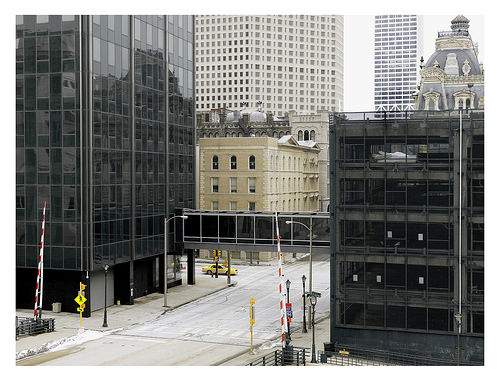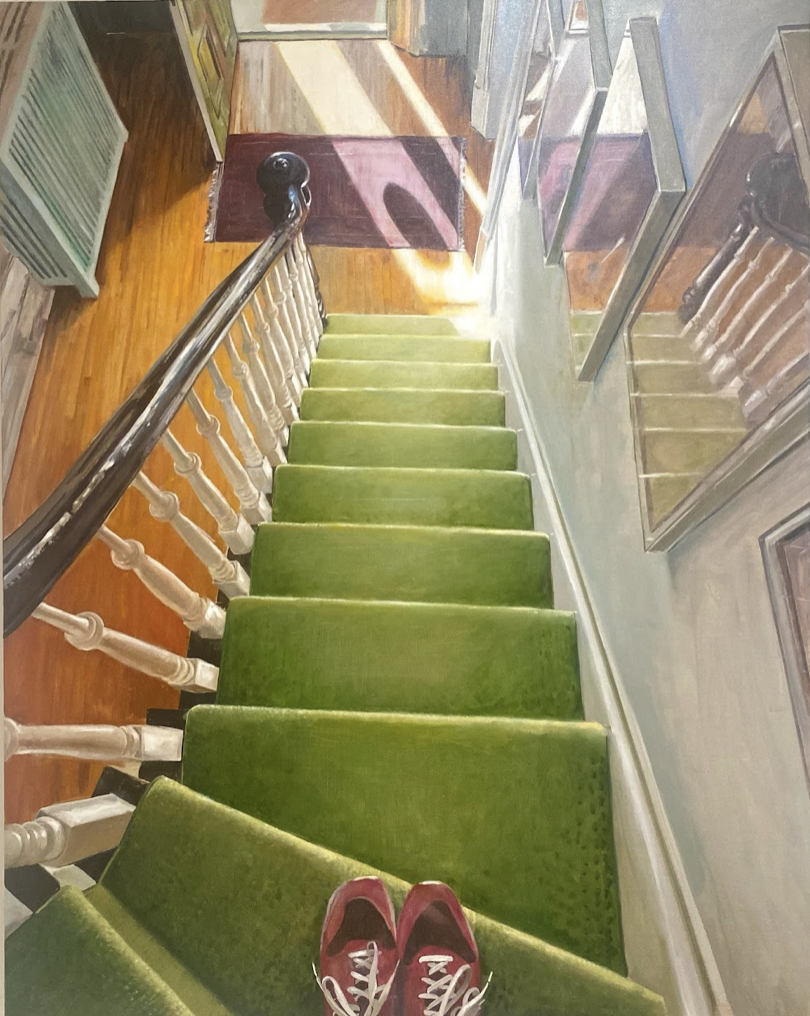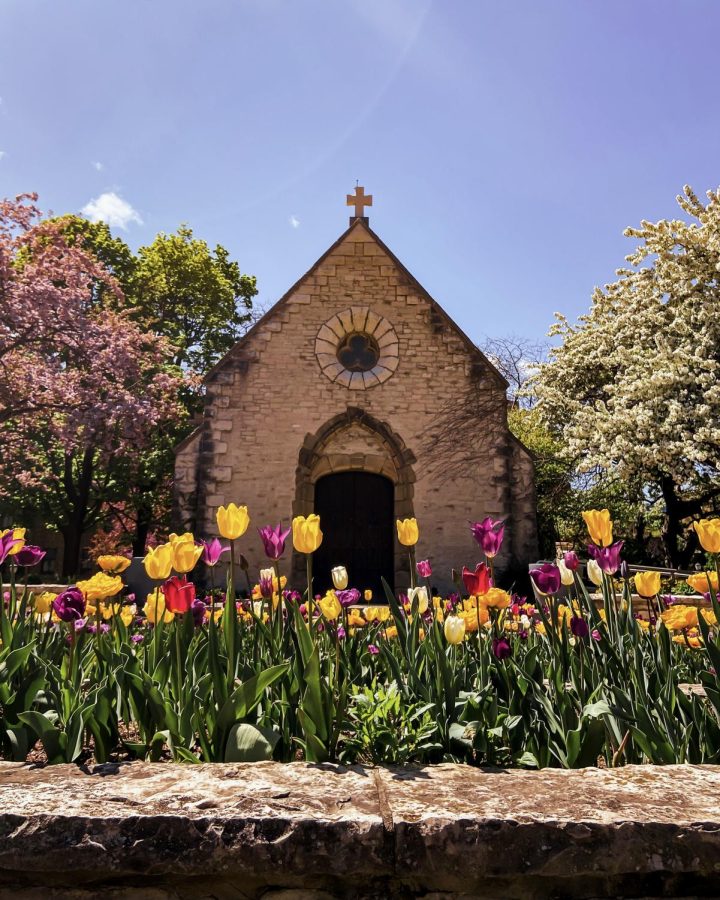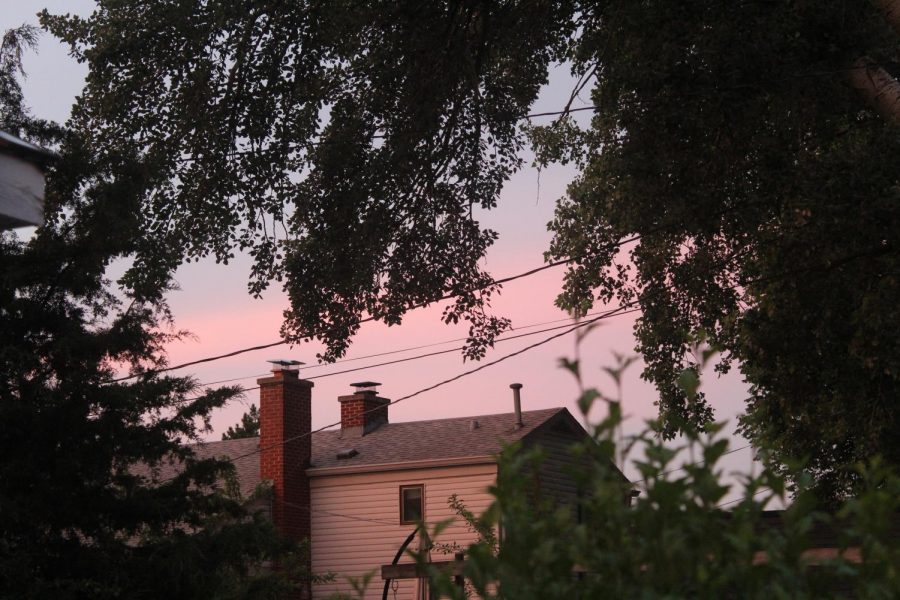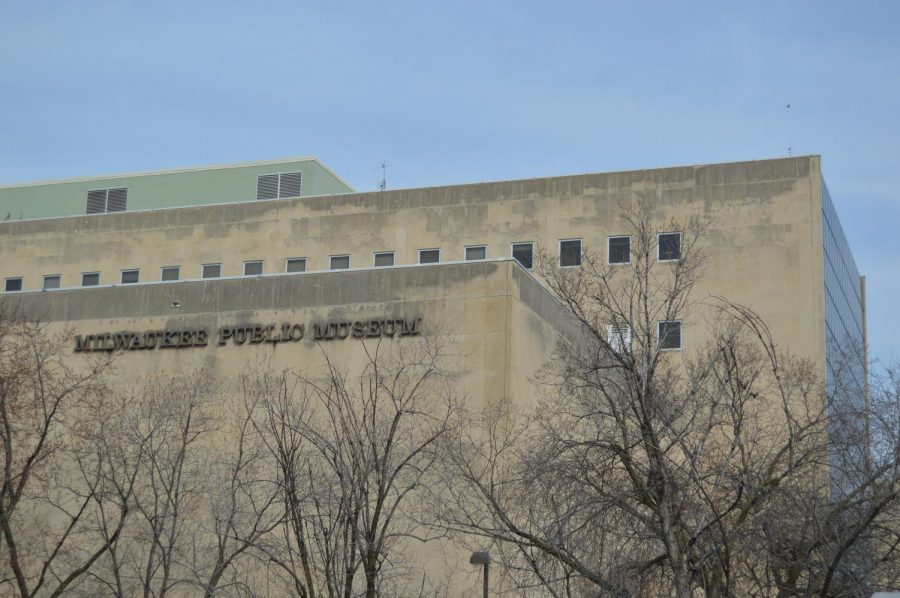
Imagine a world without color photography: one where movies and cell phones capture solely in black and white. In today’s technology-rich society, color is taken for granted in photography, films and even university newspapers.
“Color Rush,” the Milwaukee Art Museum’s latest exhibition, hopes to change that. The collection, which opens tomorrow, showcases a history of American color photography from 1907 to 1981, reminding viewers of the artistic and sentimental value of telling a story through color.
“It’s a really important new history of color photography,” said Lisa Sutcliffe in one of her first press interviews as the museum’s new curator of photography. “It’s the first exhibition of color photography to really show not just the high moments (of color photography), but also the more popular moments in advertisements and … the context in which color developed.”
Since beginning her position at the museum in January, Sutcliffe has worked closely with the exhibit’s co-curators Lisa Hostetler, who previously held Sutcliffe’s position, and Kate Bussard, the associate curator of photography at the Art Institute of Chicago. Though Hostetler and Bussard designed and installed Color Rush, they will hand over the curatorial reigns to Sutcliffe soon after the opening.
“They’ll both be giving tours, and then it’s up to me after they leave to really make sure that what they want is communicated to the public,” Sutcliffe said. “I’ll continue to give tours and translate their work from my position.”
The exhibition starts with some of the very first examples of color photography made with an autochrome, a glass slide with colored starch grains that became the first viable form of color photography. From there, Sutcliffe explained, the exhibit displays the progression of color photography in art and everyday life.
“The show traces the evolution of the technology of color photography through advertisements in the 1930s and 40s, to the birth of Kodak film and the use of color photography in snapshots and family albums and in the movies, and then artistic expression and early experimentation with color photography, to the 1970s and 80s when artists were able to use color photography more often because of new technologies and the growth of the photographic art form.”
Coming from her position as assistant curator in the department of photography at the San Francisco Museum of Modern Art, Sutcliffe is no stranger to these types of collections. Her most recent presentations have focused on postwar Japanese photography, contemporary Asian photography and the work of Dutch artist Rineke Dijkstra. However, Color Rush differs from these exhibits in the way the pieces are presented, a technique rarely seen in other photography collections.
“There are actually quite a few films and slideshows, which you wouldn’t normally be able to see,” Sutcliffe said. “So not only are you seeing the work, but you’re seeing it in a format it would have originally been produced in.”
One example of these slideshows is Nan Goldin’s “Ballad of Sexual Dependency.” In a series of slides, Goldin exposes a segment of the American population centralized on whiskey, drugs and sex. The collection even features photos of Goldin herself, showing that the lifestyle she so candidly captures on film is also her own.
“It’s a really special piece because it is an installation of 720 slides, and they’re like her diary,” Sutcliffe said. “She took photographs of all of her friends and family as color slides, and then showed them in a narrative, along with music that she put together like a mix tape. It’s really raw and personal and really says something about what it was like to live on the margins and experience life in the 1970s and ’80s.”
After experiencing the emotion that can only be captured with color photography, visitors will certainly have more appreciation for the technology behind the color photos they take with their smartphones.


